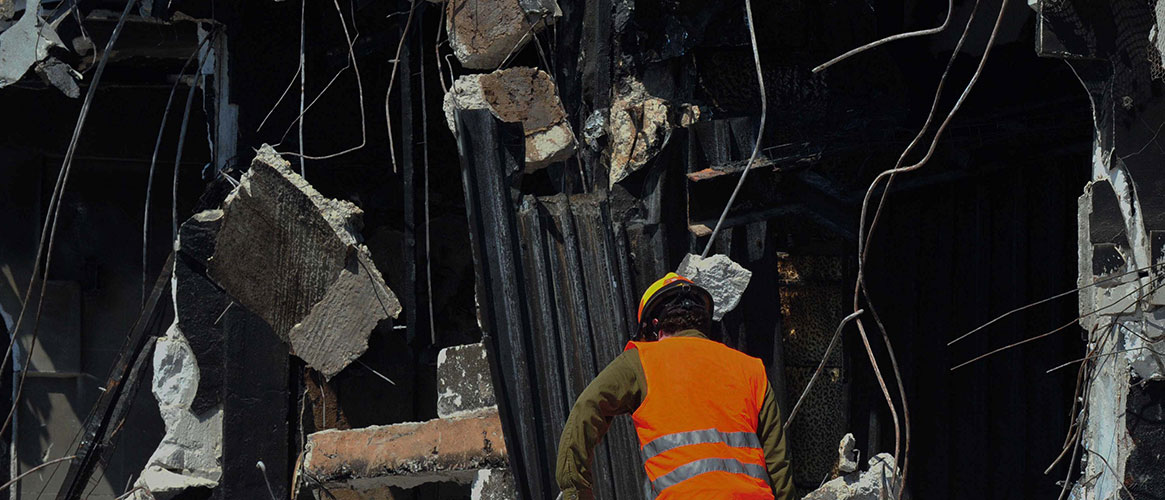Is your workplace prepared to withstand an earthquake? Do your employees know what to do when the ground starts shaking? Being prepared is critical. That preparation comes in three parts: what to do before, during, and after the earthquake.
What to do before an earthquake
As the employer, you have a few precautions you’ll want to take to prepare your workplace. For starters, have plans in place on how employees should respond during the earthquake and how to evacuate the building after the shaking stops. Practice these plans throughout the year. You also want to secure shelving, file cabinets, and storage racks to the wall to keep them stable and upright. And, make sure heavy items are stored at lower heights or secured so they don’t fall.
Your employees likely have personal items in their work areas that could fall or become airborne during earthquakes. Here are some steps they can take to secure their work area:
- Mount pictures to the wall with screws or earthquake “J” clips.
- Keep areas under desks and tables uncluttered so they can take cover when the ground shakes.
- Keep doors, exits, and aisle ways clear at all times in case they need to evacuate the building following an earthquake.
- Prepare to shelter at work for at least 24 hours.
- Prepare an emergency communications plan with an out-of-state contact.
- Have a pair of sturdy shoes available to better navigate conditions following an earthquake.
What to do during an earthquake
When the ground starts moving, immediately Drop, Cover, and Hold On. This technique is widely recognized as the best way to respond to an earthquake. Here’s how it works:
- DROP to the hands and knees.
- COVER the head and neck with one arm and hand. If possible crawl under a nearby table or desk, or next to an interior wall away from windows. Stay out of doorways.
- HOLD ON to the table or desk with one hand until the shaking stops.
